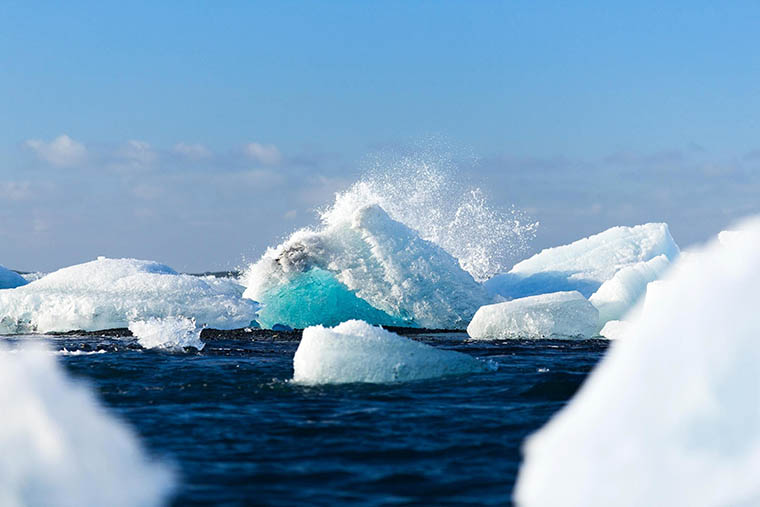Goodbye cruel world
Publish date 20-02-2021

In 2020, the year of Covid-19, the pandemic decreased pollution, but not the greenhouse effect. Some significant data: in many parts of the world, Covid-19 has reduced the circulation of cars by 50%, airplanes by 80%, industrial activities by 35%. An unpredictable block of polluting emissions with a widespread lockdown, but without obtaining an equally significant effect on CO2 concentrations in the atmosphere.
CO2 and methane remain in the atmosphere for decades. The lockdowns are roughly estimated to have reduced emissions by 17% compared to 2019, but on an annual scale in 2019 it could be set at 4/7%. Emissions (apart from Europe) are at a record level and continue to increase worldwide: the survey stations report values at 410 points per million (ppm), during the first half of 2020, increasing the levels of 2019.
What is the worldwide evidence that can be focused (near and far from us) of the effects of climate change that have been most visible in recent months? Let's put them in a row: temperatures, ocean levels, the glaciers of Greenland, Antarctica and the Arctic, permafrost in the North.
In Italy the climate has already changed. There is an ongoing increase in daily temperatures and heat wave frequencies (tripled over the past 50 years). In 2019 the average temperature increased by 1.18 ° C compared to the period 1961/90; +1.56 ° C in 2020. We must look at long periods of time. The consequence throughout the territory is a sharp decrease in the number of days with little rain, a sharp increase in the frequency of days with heavy rainfall in some regions of northern Italy. In the north east and south there is an articulated trend towards longer periods of drought. Italy is the 26th most affected country in the world by extreme events (floods of great intensity, damage to infrastructure, river floods, ruinous landslides from intense rain ...).
The increase in the level of the oceans between 1992 and 2018 (latest data) is almost 17.8 millimeters. About 60% of the cause is the melting of the Greenland glaciers; 40% to those of Antarctica. Since 1985 the main glaciers have retreated by 3 km, from 2000 onwards 450 billion tons of ice are lost per year, with the 2019 record of 586 billion, which are sliding ever more rapidly towards the sea. The permafrost (the soil that remains permanently at minus 0 ° C or below even up to 800 meters in the subsoil; corresponding to about 1/5 of the land surface) in the face of a temperature increase of +3 ° C, is melting 70 years earlier than expected in some areas. For example, in Canada, where the melting corresponds to the sinking of the ground and the creation of ponds, pools of water, marshes that emit large amounts of CO2 into the atmosphere (20 times higher than frozen ground). Two novelties that could change the global picture: the European Green Deal and the program of the new president of the United States. In Europe, the Green Deal is a set of actions designed by the European Commission to achieve CO2 neutrality in 2050. In the US, the new president Biden declares the return to the Paris agreements, green contents for economic stimuli, incentives for renewable energy, research and development of green technologies, decarbonisation of energy by 2035, reduction of vehicle and airline emissions. Pope Francis said that a crisis does not come out the same: it comes out better or worse. The choice is up to us right now.
Carlo Degiacomi
NP December 2020





